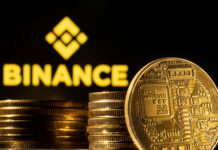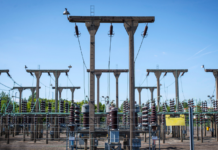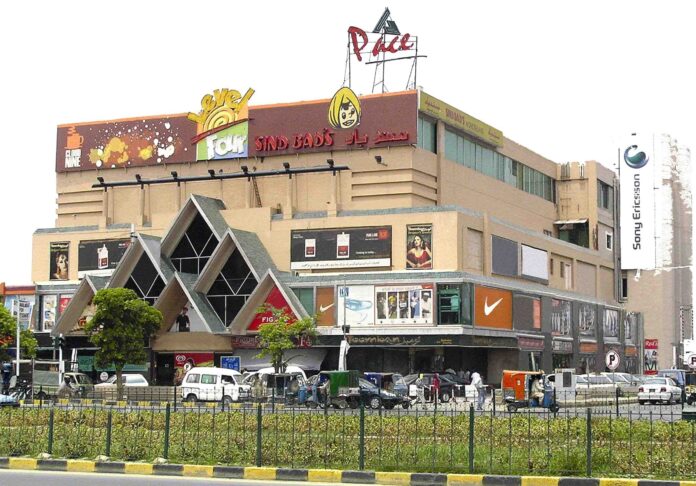Before Packages, Emporium, and Dolmen, Lahore had Pace. In the early 1990s, shopping in Lahore was based on sprawling specialised markets. The concept of a single large location melding fashion retail and entertainment had not taken root.
Salman Taseer thought that was ridiculous. In 1995, he launched Pace shopping mall at Main Boulevard Gulberg in Lahore. He did not just build some shopping center. This was a large, modern, centrally air conditioned shopping mall that immediately attracted the fascination of Lahoris. They were coming to check the place out in droves and the demand to get shops there was high.
And as with everything Salman Taseer did in life, the plan was to go back. The late governor’s plan was not just to build a plaza and make a good amount of it. He wanted to build malls like this all over the country. The project was carried out by Pace (Pakistan) Limited and went on to become an icon of the city.
But the Pace that exists today is a sorry shadow of its former self. The building sort of still exists — right next to Hafeez Centre its famous triangle facade is still visible but it is in a dilapidated state. Years of neglect, boycotts, fires, family feuds, and bigger, shinier malls emerging in Lahore have left it an empty relic of what could have been for the Taseer family. The content in this publication is expensive to produce. But unlike other journalistic outfits, business publications have to cover the very organizations that directly give them advertisements. Hence, this large source of revenue, which is the lifeblood of other media houses, is severely compromised on account of Profit’s no-compromise policy when it comes to our reporting. No wonder, Profit has lost multiple ad deals, worth tens of millions of rupees, due to stories that held big businesses to account. Hence, for our work to continue unfettered, it must be supported by discerning readers who know the value of quality business journalism, not just for the economy but for the society as a whole.To read the full article, subscribe and support independent business journalism in Pakistan
























